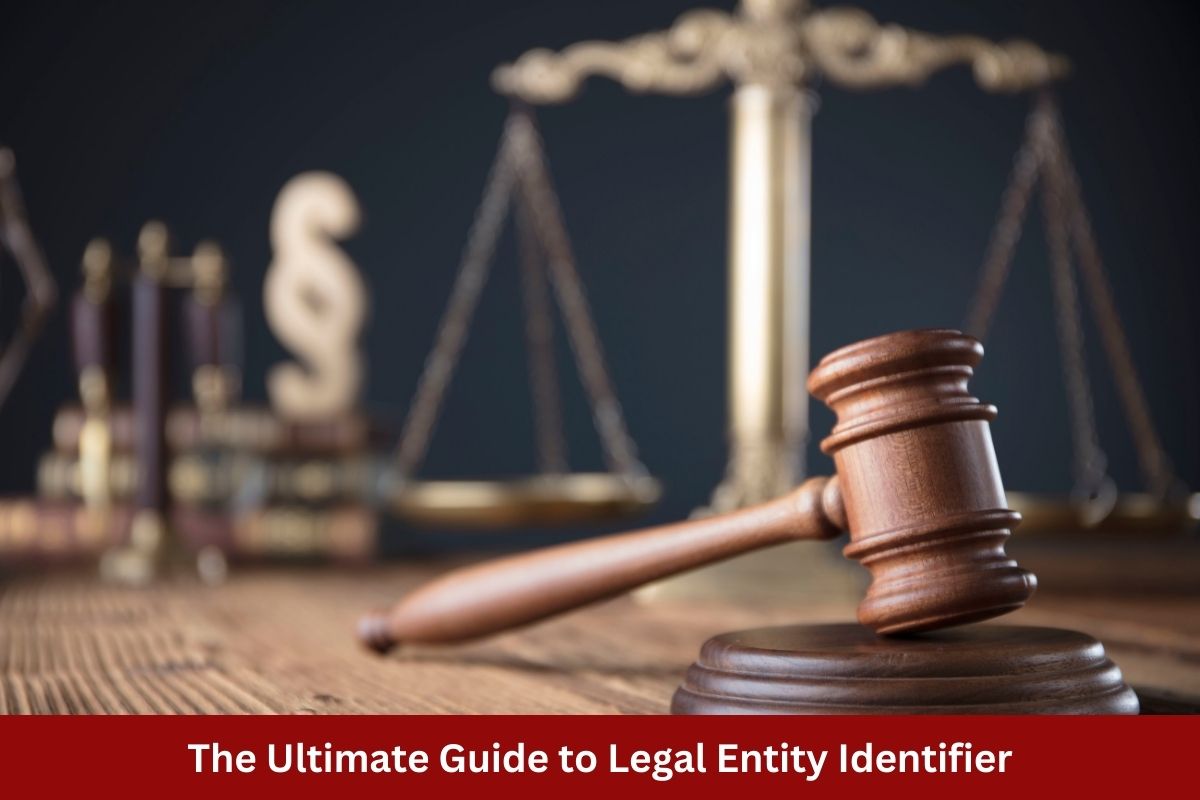The Legal Entity Identifier is a 20-character alphanumeric code globally recognized and used to uniquely identify legal entities participating in financial transactions. Transparency and efficiency in the global financial market are paramount as the world becomes increasingly interconnected. The LEI code serves as a critical tool in enhancing transparency, reducing risk, and facilitating the smooth functioning of the market.
This comprehensive guide provides an in-depth look into the purpose of LEI code registration, its structure, and the process of obtaining one.
The Purpose of LEI Codes
The LEI code was introduced in response to the 2008 financial crisis, which exposed the vulnerability and complexity of the global financial system. It addressed the lack of transparency in identifying and tracking legal entities involved in financial transactions.
The primary objectives of the LEI code registration include the following:
- Enhancing transparency in the global marketplace.
- Facilitating accurate identification of legal entities.
- Reducing risk by enabling efficient tracking and monitoring of transactions.
- Streamlining financial reporting and regulatory oversight.
The Structure of an LEI Code
An LEI code consists of 20 alphanumeric characters, with each character serving a specific purpose. The code is structured as follows:
- Characters 1-4: A unique identifier assigned by the Local Operating Unit (LOU), responsible for issuing and managing LEIs in a specific jurisdiction.
- Characters 5-18: A unique identifier assigned to the legal entity, generated using a set of predefined algorithms.
- Characters 19-20: Checksum digits that verify the accuracy of the preceding characters.
This standardized structure enables easy identification and tracking of legal entities across borders and regulatory jurisdictions.
The Process of Obtaining a Code
Identifying the Local Operating Unit (LOU)
Before applying for an LEI code, a legal entity must identify the appropriate LOU for its jurisdiction. LOUs are responsible for issuing and managing LEI codes within their designated areas. They are overseen by the Global Legal Entity Identifier Foundation (GLEIF), which maintains a comprehensive list of LOUs worldwide.
Preparing the Necessary Documentation
To apply, legal entities must gather and submit specific information about their organization, including:
- Legal name
- Registered address
- Business registration number
- Date and place of incorporation
- Ownership structure
This information is necessary to identify the legal entity and ensure the code’s validity.
Submitting the Application and Paying the Fee
Once the necessary documentation is prepared, the entity must apply the identified LOU and a fee. The fee may vary depending on the LOU and jurisdiction. After the application is submitted and the fee is paid, the LOU will review the application and perform a series of checks to ensure the accuracy and authenticity of the provided data.
Receiving the Code
Upon successful verification of the application, the LOU will issue the code to the legal entity. The issuance process typically takes between 3-10 business days, depending on the LOU and the complexity of the application. Once the code is issued, it must be renewed annually to ensure its continued validity.
The Benefits
The adoption of LEI has brought significant benefits to the global financial ecosystem, including:
- Enhanced Transparency: It enables market participants and regulators to accurately identify legal entities involved in financial transactions, promoting a more transparent and accountable marketplace.
- Risk Reduction: By providing a standardized identification system, codes facilitate risk assessment, monitoring, and mitigation efforts, helping to prevent financial crises and protect the market’s integrity.
- Streamlined Reporting: LEI simplifies financial reporting processes for legal entities, making it easier for them to comply with regulatory requirements and reducing the administrative burden associated with reporting.
- Improved Data Quality: LEI’s standardized structure and rigorous verification process ensure high-quality, reliable data for informed decision-making and effective risk management.
- Cross-Border Compatibility: As a globally recognized identification system, LEI facilitates seamless cross-border transactions and cooperation among regulatory authorities, fostering a more interconnected and efficient global financial market.
Conclusion
The Legal Entity Identifier plan is a crucial component of the global financial infrastructure, providing a means of identifying legal entities and promoting transparency, risk reduction, and efficiency in the marketplace.
By understanding the purpose, structure, and issuance process of the LEI code, legal entities can better navigate the global financial landscape and ensure compliance with regulatory requirements.
As the adoption of LEI codes continues to grow, their importance in fostering a more stable and accountable financial ecosystem will only become more pronounced.
